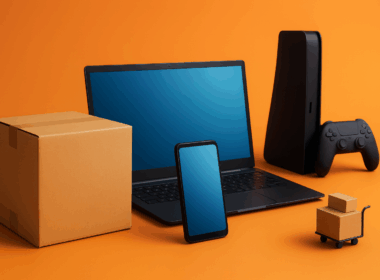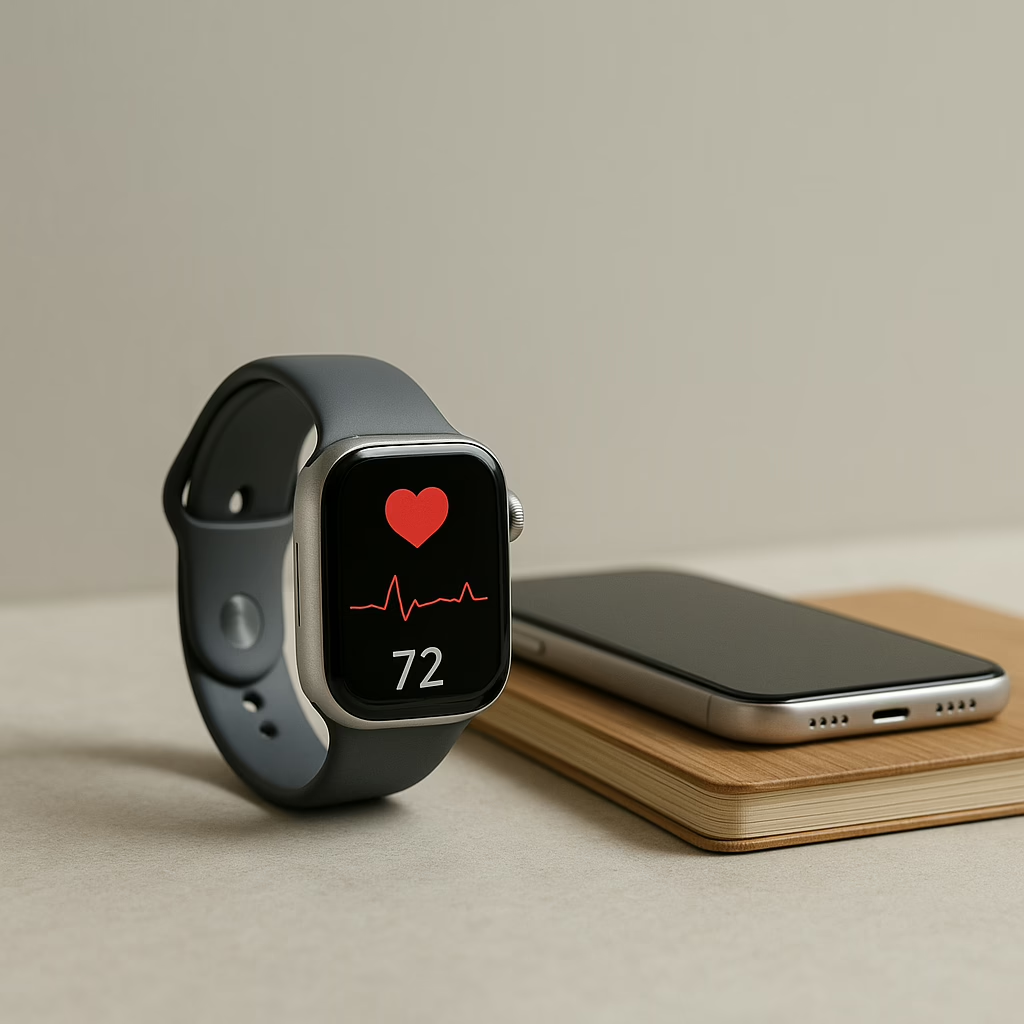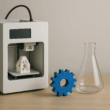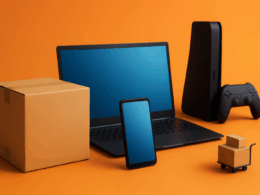Introduction
Mental health is one of the most pressing issues today. It affects millions, and while traditional methods of assessment have their place, they often fall short when it comes to timely and effective intervention. This is where wearable sensors come into play. These devices are increasingly being integrated into mental health monitoring due to their ability to provide real-time data on physiological and behavioural parameters related to conditions such as anxiety and panic disorders.
This article digs into the practical applications of these technologies, highlighting their benefits, limitations, and real-world implications for both individuals and healthcare providers. Considering the current landscape of mental health challenges, the relevance of wearable sensors is becoming clearer than ever.
The Promise of Wearable Sensors
Wearable technology is not just about fitness anymore; it’s about mental health too. These devices can track various physiological signals, like heart rate, skin conductance, and even sleep patterns, which have shown to correlate with mental health conditions. For example, heart rate variability can provide insights into stress levels, while sleep quality data can indicate mental wellness or distress.
The beauty of this technology is convenience. You can monitor your health in real-time without scheduling time-consuming appointments. Plus, the cost-effectiveness of wearables compared to traditional assessments makes them accessible to a wider audience.
Types of Wearable Sensors
There are various types of wearable sensors available, each with unique functions. Common types include:
- Fitness Trackers: Primarily track physical activity and can also monitor heart rate and sleep patterns.
- Smartwatches: These often include advanced features, such as ECG readings and stress measurement capabilities.
- Dedicated Health Monitors: Devices specifically designed for mental health monitoring, which may track skin conductance and offer real-time feedback on emotional states.
As these technologies develop, their accuracy and applicability in real-world settings continue to enhance, making them increasingly viable for mental health monitoring.
Advantages Over Traditional Methods
Wearable sensors offer significant advantages over traditional mental health assessment methods:
- Real-time Data: Unlike conventional assessments, which may involve periodic check-ups, wearables provide continuous monitoring.
- Objective Measurements: They gather quantifiable data, reducing reliance on subjective self-reports, which can often be skewed by personal bias or stigma.
- Personalized Interventions: With data from wearables, healthcare providers can tailor interventions to individual needs, improving outcomes.
This shift can be transformative, especially in workplace settings where stress and mental health issues are becoming increasingly prevalent.
Challenges and Limitations
While the potential of wearable sensors is clear, they are not without challenges. Key issues include:
- Data Accuracy: Consumer-grade devices may not always provide clinically accurate data.
- Privacy Concerns: Growth in data collection raises questions about how personal health information is handled.
- User Engagement: Wearables are only useful if individuals consistently wear them; lack of engagement can diminish their effectiveness.
Therefore, while the technology is promising, ongoing research is crucial for understanding its full capabilities and limitations.
Future Directions
The integration of machine learning with wearable technology signifies a promising frontier for mental health monitoring. This combination can enhance the detection and prediction of acute symptoms, potentially revolutionising how disorders are managed. However, more rigorous evaluations are necessary to validate these applications in clinical practice.
Also, as healthcare systems adapt, there’s a need to educate both providers and patients on how to leverage this technology effectively. Only through strategic investments in training and development can we maximise the potential of wearables in mental health.
Final Thoughts
Wearable sensors are carving out a new niche in the mental health landscape. They provide a unique opportunity to monitor and manage mental well-being in ways traditional assessments simply cannot match. However, as with any technology, they should complement, not replace, existing methods of support and intervention.
In a society increasingly aware of mental health issues, integrating these technologies into our daily lives could be one step towards a healthier future. How willing are we to embrace this change?








